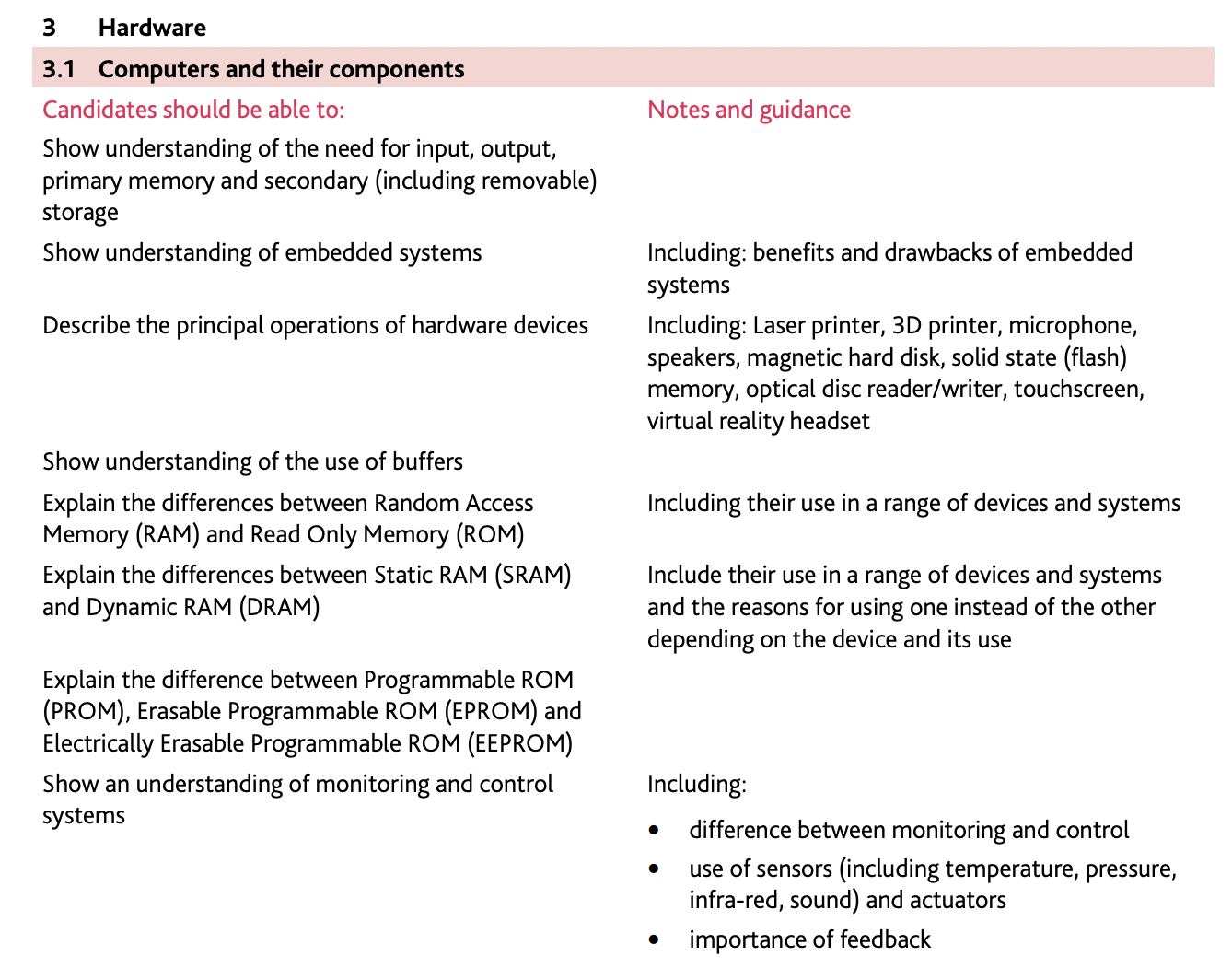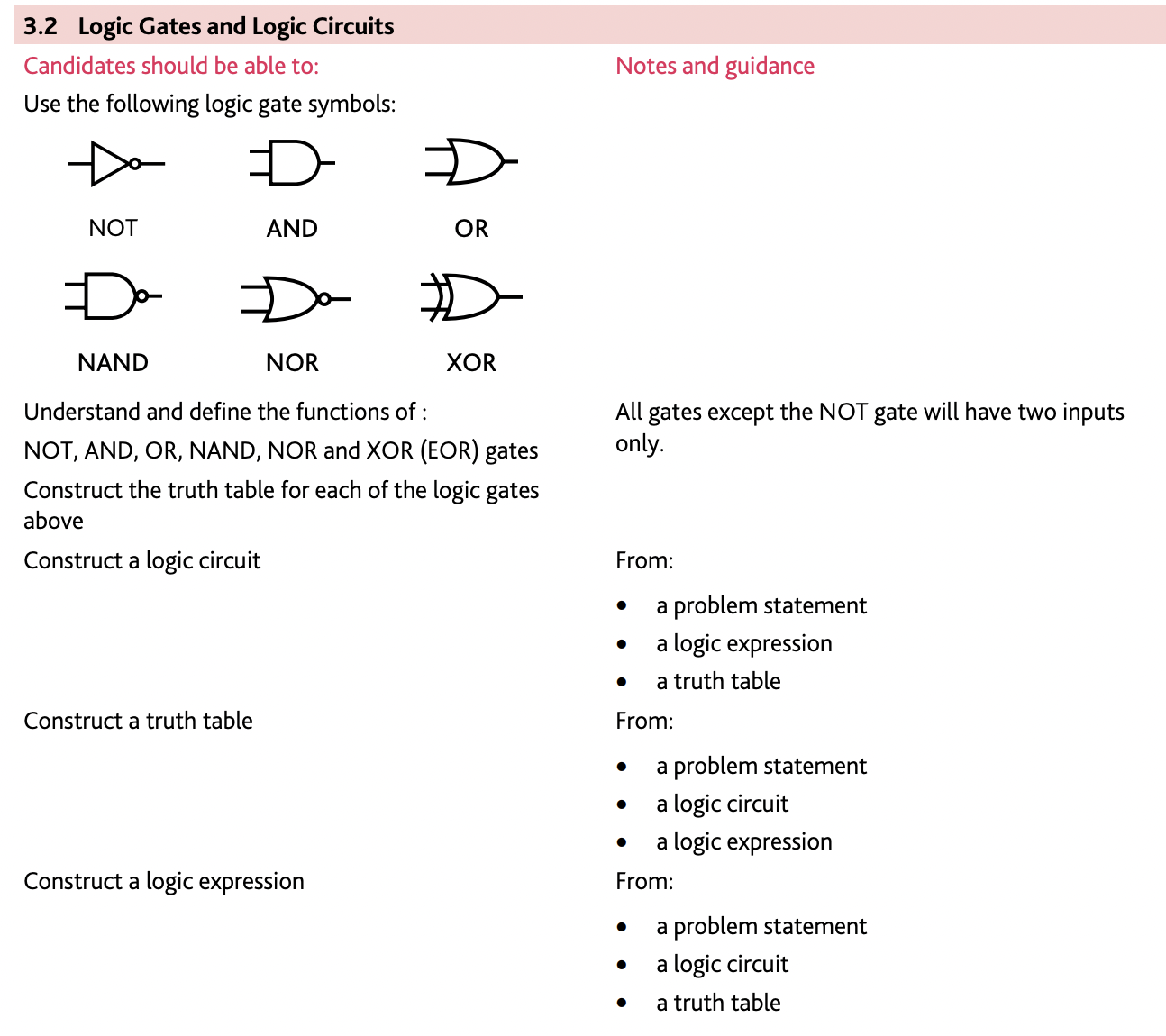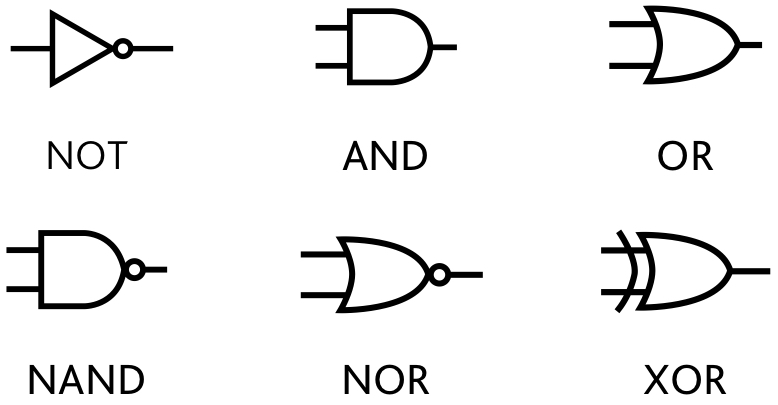Chapter3_Hardware

Computers and their components
IO
Input
Accepts information from human operations, electromechanical devices, other computers, etc.
Output
Sends results of processing
Storage
- Primary storage
- Primary storage can be accessed directly from the CPU
- Contains ROM (random access memory) and RAM (read-only memory)
- Secondary storage
- Storage devices that are not directly accessible by the CPU
- Non-volatile devices
- Primary storage
Embedded systems
- Microprocessor within a larger system (e.g. washing machine, cooker, refrigerator…)
- Microprocessor that perform one specific task (e.g. connect to a web so the system can be turned on or off by a program on smartphone)
Principal operations
- Laser printer
- The revolving drum is initially given an electrical charge
- A laser beam scans back and forth across the drum
- … discharging certain points (which matches with the shape of texts and images to be printed)
- The drum is coated with oppositely charged toner
- The drum rolls over electro-statically charged paper
- The “pattern” on the drum is transferred to the paper
- The paper is passed through the fuser to seal the image
- The electrical charge is removed from the drum using discharging bulb
- 3D printer
- Produces solid, 3D objects/prototypes
- Used in CAD/CAM
- Make use of tomography/slices of an object
- Microphone
- The microphone has a diaphragm
- The incoming sound waves cause vibrations of the diaphragm
- … causing a coil to move past a magnet
- A electrical signal is produced
- Speakers
- Takes an electrical signal and translates it into physical vibrations to create sound waves
- An electric current in the coil creates an electro-magnetic field
- Changes in the audio signal causes the direction of the electric current to change
- The direction of the current determines the polarity of the electromagnet
- The electro-magnet is repelled by or attracted to the permanent magnet
- Causing the coil to vibrate
- The movement of the coil causes the cone/diaphragm to vibrate
- That vibration is transmitted to the air in front of the cone
- The amount of movement will determine the frequency and amplitude of the sound wave produced
- Magnetic hard disk
- The hard disk has one or more platters made of aluminum or glass
- Each surface of the platter is capable of being magnetized
- The disks are mounted on a central spindle
- The disks are rotated at high speed
- Each surface of the disk has a read/write head mounted on an arm positioned just above the surface
- Electronic circuits control the movement of the arm and hence the heads
- The surface of the disk is divided into concentric tracks and sectors
- One track in one sector is the basic unit of storage called a block
- The data is encoded as magnetic pattern for each block
- When writing to disk, a variation in the current in the head produced a variation in magnetic field on the disk
- When reading, variation in the magnetic field produced a variation in current through the head
- Solid state memory
- No moving parts
- Solid stats memory is non-volatile
- Makes use of NAND gates (transistors)
- SSD controller manages the components
- Uses a grid of columns and rows that has two transistors at each intersection
- One transistor is called a floating gate
- The second transistor is called the control gate
- Memory cells store voltages which can represent either a 0 or a 1
- Essentially the movement of electrons is controlled to read/write
- The old data needs to be erased in order to write the new data in the same location
- Optical disc reader/writer
- Drive motor is used to spin the disc
- Tracking mechanism moves the laser assembly
- A lens focuses the laser onto the disc
- Laser beam is shone onto disc to read/write
- Surface of disc has a reflective metal layer
- Tracks on the disc have sequence of pits and lands
- Reflected light is then encoded as a bit pattern
- Touchscreen
- Resistive touchscreen
- Consists of two charged plates
- Upper layer made if plastic and bottom layer made of glass
- Gap between the layers
- Pressure causes the plates to touch
- Top layer moves to touch the bottom layer
- The circuit is completed when 2 layers touch
- The point of contact is registered
- The position is calculated using coordinates
- Capacitive touchscreen
- Made from materials that store electric charge
- Acts like capacitors
- When touched, the charge is transferred to the finger
- There is a change in the electrostatic field
- Sensors at the screen corners detect the change
- One board microprocessor
- Point of contact is registered
- Coordinates is used to calculate the position
- Resistive touchscreen
- Virtual reality headset
- Video is sent from a computer to the headset
- Two feeds are sent to an LCD/OLED display
- Lenses placed between the eyes and the screen allow for focusing and reshaping the image for each eye, thus giving a 3D effect
- Most headsets use 110 field of view, which is enough to give a pseudo 360 surround image
- A frame rate of 60 to 120 images per second
- As user moves their head, a series of sensors measure this movement, which allows the image/video on the screen to react to the user’s head movements
- Headsets also use binaural sound
- Infra-red sensors to monitor eye movement
- Laser printer
Buffers
RAM vs ROM
- RAM (Random Access Memory)
- Stores the runtime data (e.g. data read from sensors)
- Memory location can be accessed independent of which memory location was last used
- Can be written to or read from, and the data stored can be changed by the user or by the computer
- Used to store data, files, part of an application or part of the operating system currently in use
- Volatile (memory contents are lost on powering off the computer)
- Memory sizer is often larger than ROM
- Can be increased in size to improve the operational speed of computer
- ROM (Read Only Memory)
- Store the start-up instructions
- It cannot be written to or changed
- Permanent memory device
- Non-volatile memory device
- Data stored cannot be altered
- Sometimes used to store BIOS and other data needed at start up
- RAM (Random Access Memory)
SRAM vs DRAM
- SRAM is much faster than DRAM when it comes to data access
- DRAM is the most common type of RAM used in computers
PROM vs EPROM vs EEPROM
- PROM (Programmable Read-Only Memory)
- Can be altered once
- Made up of a matrix of fuses
- EPROM (Erasable Programmable Read-Only Memory)
- Use floating gate transistors and capacitors
- Reusable
- Using UV light to erase
- ROM (primary)
- EEPROM (Electronically Erasable PROM)
- Used in solid state storage device
- Faster but more expensive than flash drive
- Using pulsed voltage to erase
- SSD (secondary)
- PROM (Programmable Read-Only Memory)
Monitoring and control system
- Monitoring system
- If the new data is outside the acceptable range, a warning message is sent to a screen or an alarm is activated
- The microprocessor or computer has no effect on what is being monitored - it is simply “watching” the process
- Examples
- Monitoring a patient in a hospital for vital signs such as heart rate, temperature, etc.
- Checking for intruders in a burglar alarm system
- Checking the temperature level in a car engine
- Monitoring the pollution level in a river
- Control system
- If the new data is outside the acceptable range, the microprocessor or computer sends signals to control valves, motors, etc.
- The output from the system affects the next set of inputs from the sensors
- Examples
- Turning street lights on at night and turn them off again during daylight
- Controlling the temperature in a central heating/air conditioning system
- Controlling the traffic lights at a road conjunction
- Controlling the environment in a green house
- Monitoring system

Logic gates and logic circuits
Logic gates

Truth tables
NOT
$A$ $X$ $0$ $1$ $1$ $0$ AND
$A$ $B$ $X$ $0$ $0$ $0$ $0$ $1$ $0$ $1$ $0$ $0$ $1$ $1$ $1$ OR
$A$ $B$ $X$ $0$ $0$ $0$ $0$ $1$ $1$ $1$ $0$ $1$ $1$ $1$ $1$ NAND
$A$ $B$ $X$ $0$ $0$ $1$ $0$ $1$ $1$ $1$ $0$ $1$ $1$ $1$ $0$ NOR
$A$ $B$ $X$ $0$ $0$ $1$ $0$ $1$ $0$ $1$ $0$ $0$ $1$ $1$ $0$ XOR
$A$ $B$ $X$ $0$ $0$ $0$ $0$ $1$ $1$ $1$ $0$ $1$ $1$ $1$ $0$